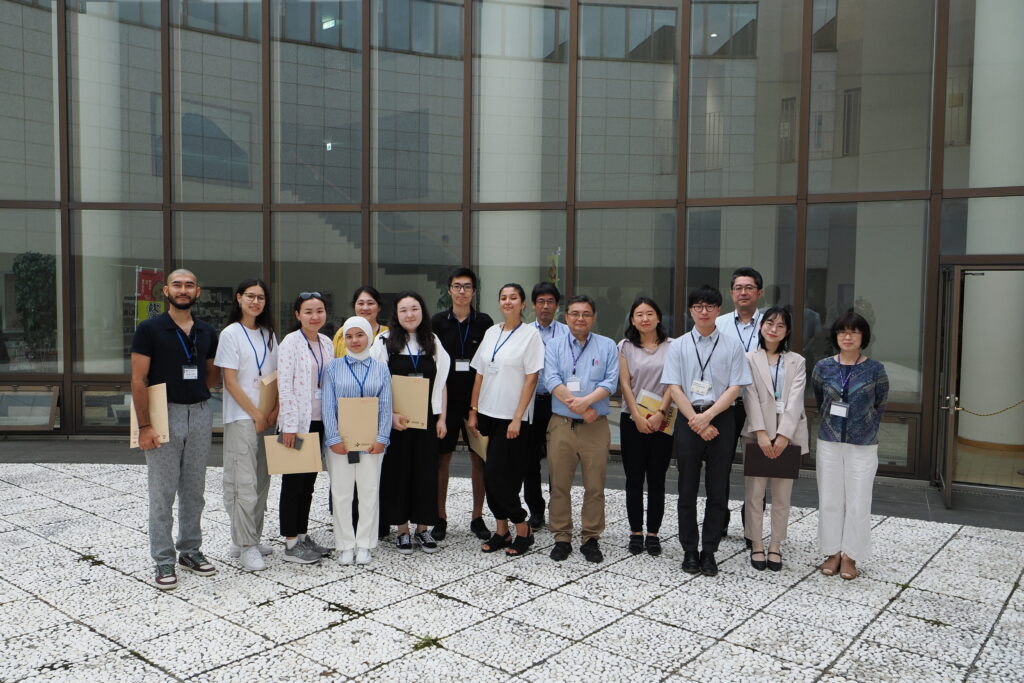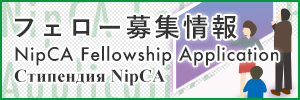Altynbek kyzy Cholpon
On the first day of our Hokkaido trip, we, NipCA fellows, had an opportunity to meet with representatives of the Shiribeshi Subprefecture Bureau of the Hokkaido government. Mr.Tatsuya Yamakage kindly greeted us and held a lecture on Shiribeshi Ryugaku (internship program). This program was initiated to fill the labor shortages which happen mainly during peak season in Hokkaido, that is December-March. Coincidentally, university students in Japan have a spring break starting from February until the end of March. For the students, it is an excellent opportunity to interact with foreigners, hone their language skills, and get hands-on experience in the tourism industry.
Besides recruiting Japanese university students, Shiribeshi Subprefecture Bureau also relies on foreigners who hold a Working Holiday Visa to Japan. The working holiday programmes are, based on bilateral arrangements, intended to make it possible for the youth of Japan and its partner countries to enter each country primarily for the purpose of spending holidays while allowing them to engage in employment as an incidental activity of their holidays for the purpose of supplementing their travel funds.
As indicated in the table below, we can see the number of Working Holiday Visas issued by the Japanese government to passport holders of particular countries.
As of 1st August 2023, Japan has introduced the programs with a total of 29 countries/regions.

Source: https://www.mofa.go.jp/j_info/visit/w_holiday/index.html
It was the first time that I have heard of such type of visas. I have personally participated in a program to the United States which is called Work and Travel. However, the main difference between these two programs is that Working Holiday Visa to Japan allows people to search for jobs upon arriving on the ground. Whereas, with Work and Travel visa, it is mandatory to first find an employer while staying in your own home country.





